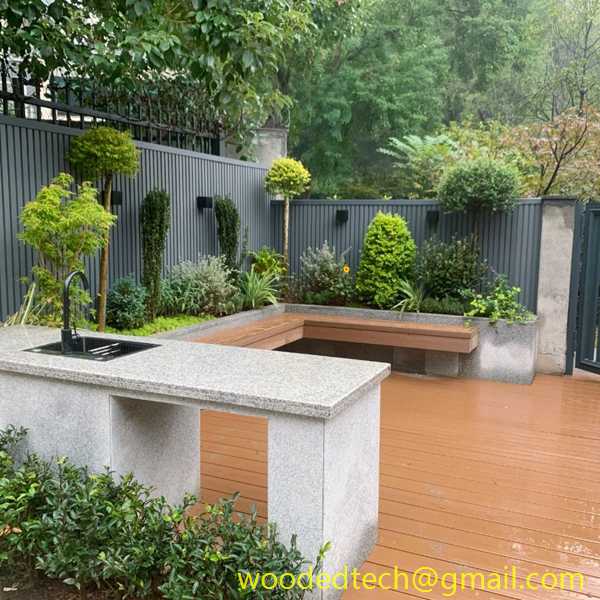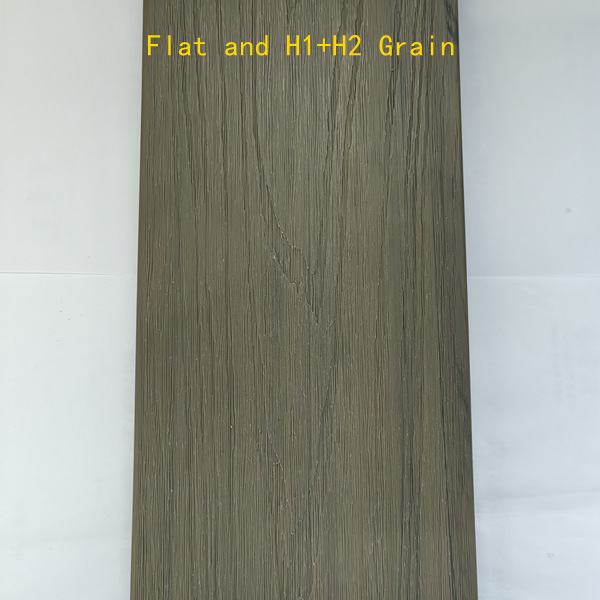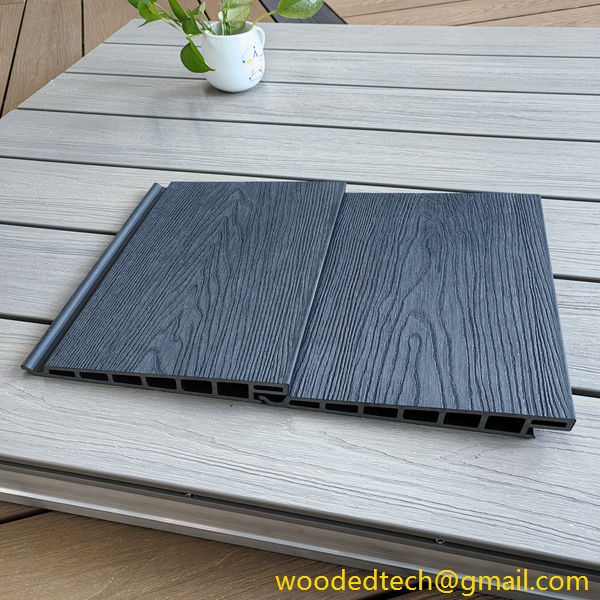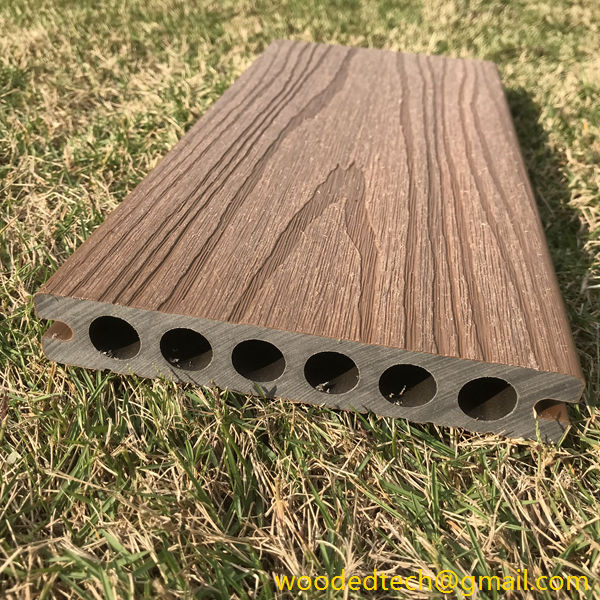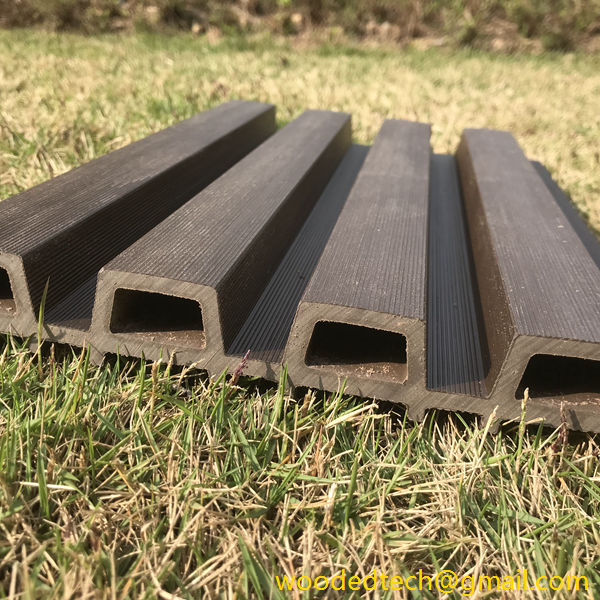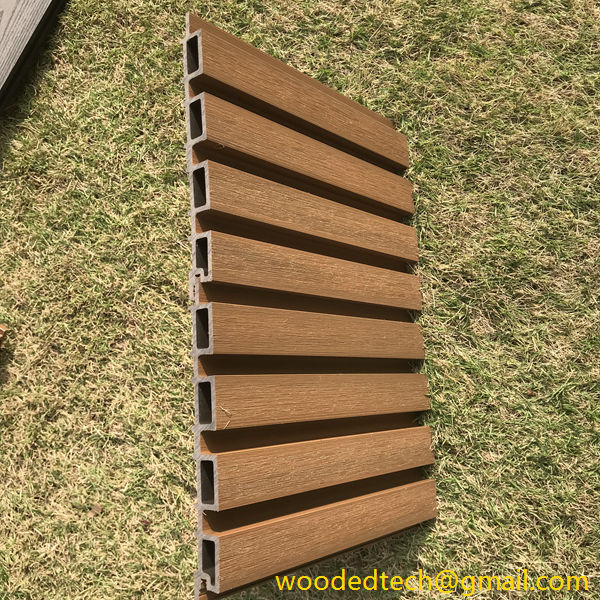Understanding Wood Plastic Composites for Sustainable Building Solutions
In recent years, the construction industry has been under increasing pressure to adopt more sustainable practices. One innovative solution that has emerged is the use of wood plastic composites, commonly referred to as WPCs. These materials combine the natural properties of wood with the durability and versatility of plastics, making them a popular choice for various applications in sustainable building solutions.
To fully appreciate the potential of wood plastic composites, it is essential to understand their production process. The manufacturing of WPCs typically involves the blending of wood fibers or wood flour with thermoplastic polymers such as polyethylene, polypropylene, or polyvinyl chloride. This combination can be achieved through different processing techniques, including extrusion and injection molding. The choice of processing method significantly influences the final product’s mechanical properties, aesthetics, and overall performance.
 The first step in the production of wood plastic composites is the selection of raw materials. The wood fibers used in WPCs can originate from various sources, including recycled wood products, sawmill residues, and agricultural by-products such as straw or rice husks. These sustainable sourcing options not only reduce waste but also minimize the environmental impact associated with harvesting new timber. The plastic component, on the other hand, can be derived from both virgin and recycled plastics. The use of recycled plastics is parti
The first step in the production of wood plastic composites is the selection of raw materials. The wood fibers used in WPCs can originate from various sources, including recycled wood products, sawmill residues, and agricultural by-products such as straw or rice husks. These sustainable sourcing options not only reduce waste but also minimize the environmental impact associated with harvesting new timber. The plastic component, on the other hand, can be derived from both virgin and recycled plastics. The use of recycled plastics is parti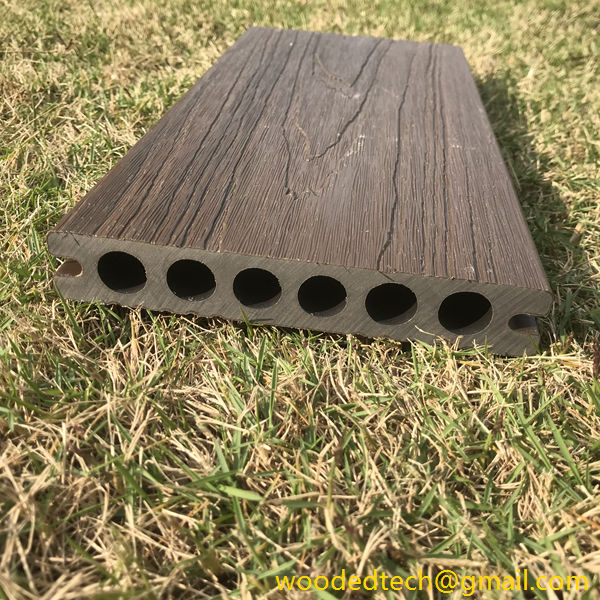 cularly beneficial as it reduces reliance on fossil fuels and lowers greenhouse gas emissions associated with production.
cularly beneficial as it reduces reliance on fossil fuels and lowers greenhouse gas emissions associated with production.
Once the raw materials have been selected, they undergo a series of preparation processes. The wood fibers are typically dried to achieve a specific moisture content, which is crucial for ensuring proper bonding with the plastic matrix. If the wood fibers contain too much moisture, it can lead to issues such as poor mechanical properties and susceptibility to fungal growth. After drying, the wood fibers are often treated with additives that enhance their compatibility with the plastic. These additives may include coupling agents, which improve adhesion between the wood and plastic phases, as well as UV stabilizers and colorants that enhance the aesthetic appeal and longevity of the final product.
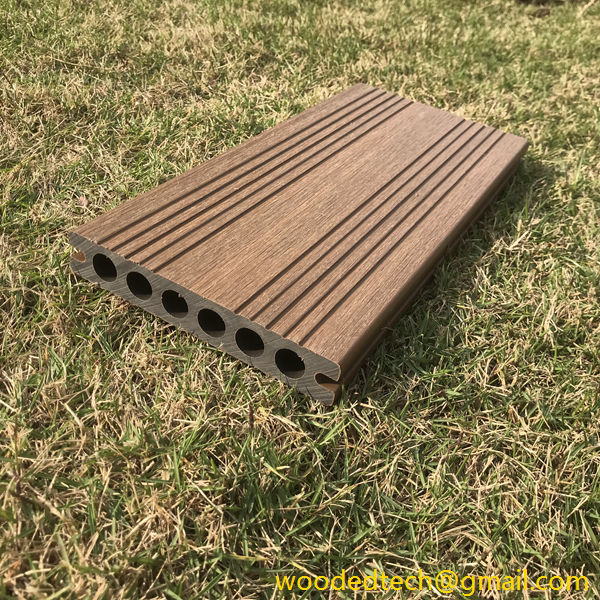
The blending of wood fibers and plastics is a critical step in the production of WPCs. This can be accomplished using various techniques, including mechanical mixing and melt compounding. In melt compounding, the wood fibers and plastic are heated and mixed in a twin-screw extruder, which ensures a uniform distribution of the components. The extrusion process allows for the creation of profiles or sheets that can be further processed into final products, such as decking, siding, or furniture. The temperature and pressure conditions during extrusion significantly affect the properties of the WPC, including its density, strength, and flexibility.
Following extrusion, the WPCs can be shaped into desired product forms through processes such as injection molding or thermoforming. Injection molding involves injecting the molten composite into a mold, allowing for intricate shapes and designs. Thermoforming, on the other hand, involves heating the composite sheets and forming them into specific shapes using molds. Both methods enable manufacturers to produce a wide range of products tailored to various applications in the building sector.
One of the key advantages of wood plastic composites is their enhanced durability compared to traditional wood materials. WPCs are resistant to moisture, rot, and insect damage, making them particularly suitable for outdoor applications such as decking and fencing. Additionally, their low maintenance requirements and long lifespan contribute to their appeal as a sustainable building material. By reducing the need for chemical treatments and regular upkeep, WPCs present a more environmentally friendly alternative to conventional wood products.
Furthermore, the recyclability of wood plastic composites adds to their sustainability credentials. At the end of their life cycle, WPCs can be reprocessed and remanufactured into new products, significantly reducing waste and promoting a circular economy. This characteristic aligns well with the growing emphasis on sustainability in construction and design, where minimizing environmental impact is paramount.
In conclusion, wood plastic composites represent a promising solution for sustainable building practices. By understanding the production processes involved in creating WPCs, stakeholders in the construction industry can appreciate their potential benefits. From the selection of raw materials to the final product shaping, each step in the manufacturing process contributes to the overall performance and sustainability of WPCs. As demand for environmentally friendly building materials continues to rise, wood plastic composites are poised to play a vital role in the future of construction. Their unique combination of natural and synthetic materials, durability, and recyclability makes them an ideal choice for architects, builders, and consumers looking to make more sustainable choices in their building projects.

